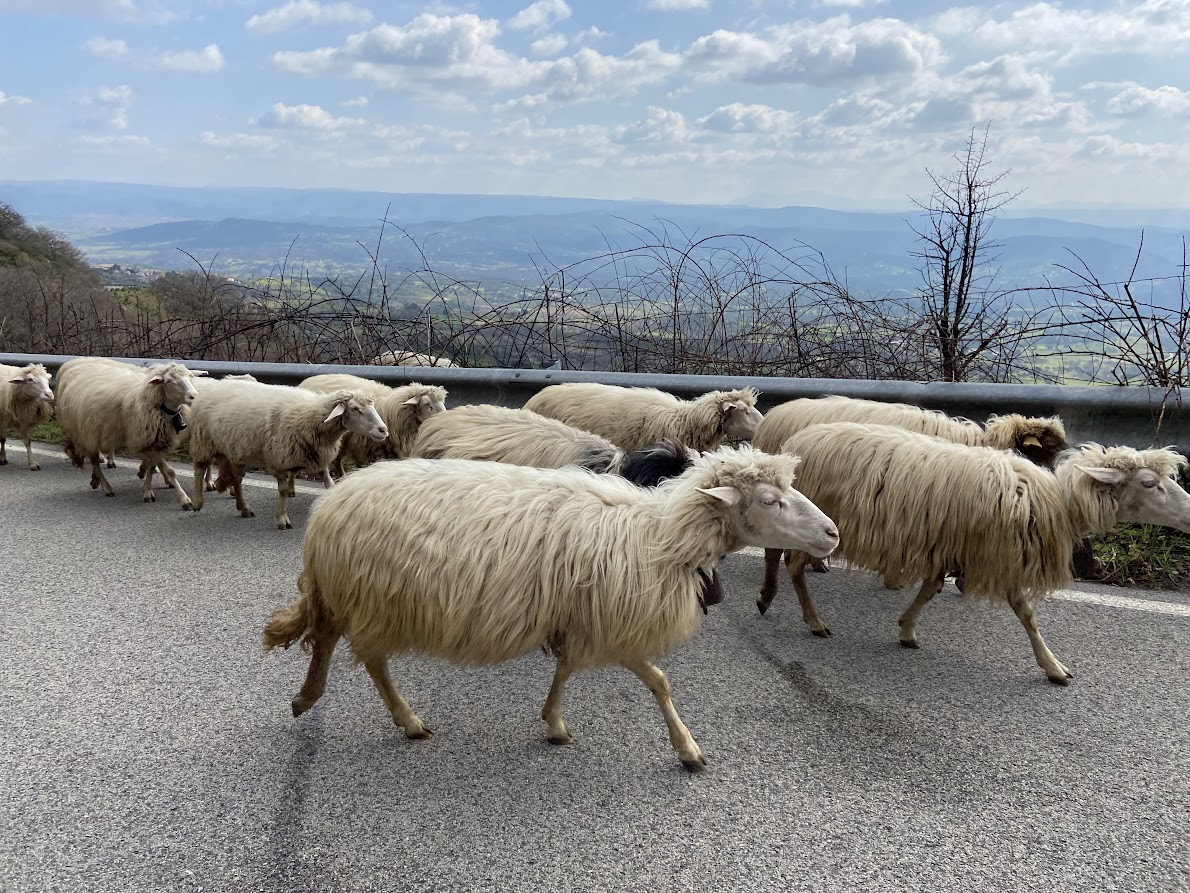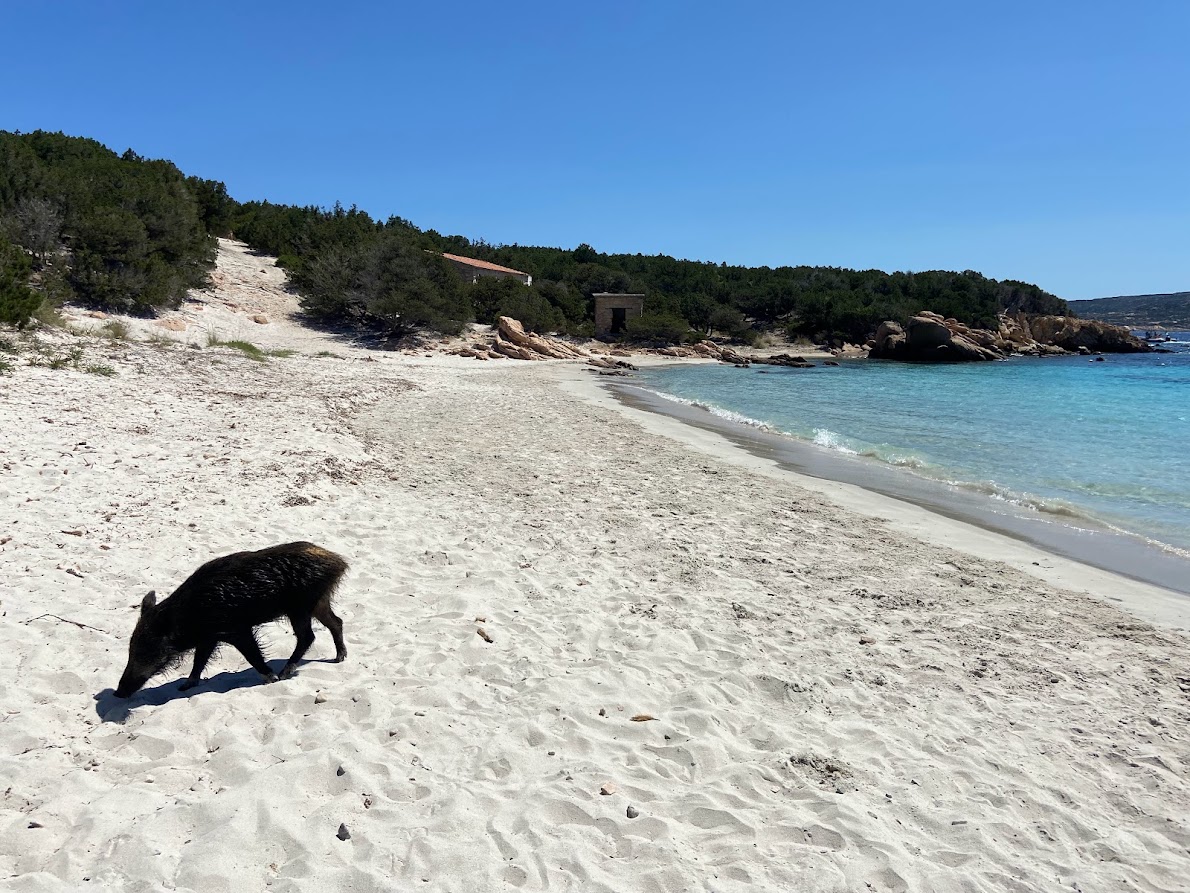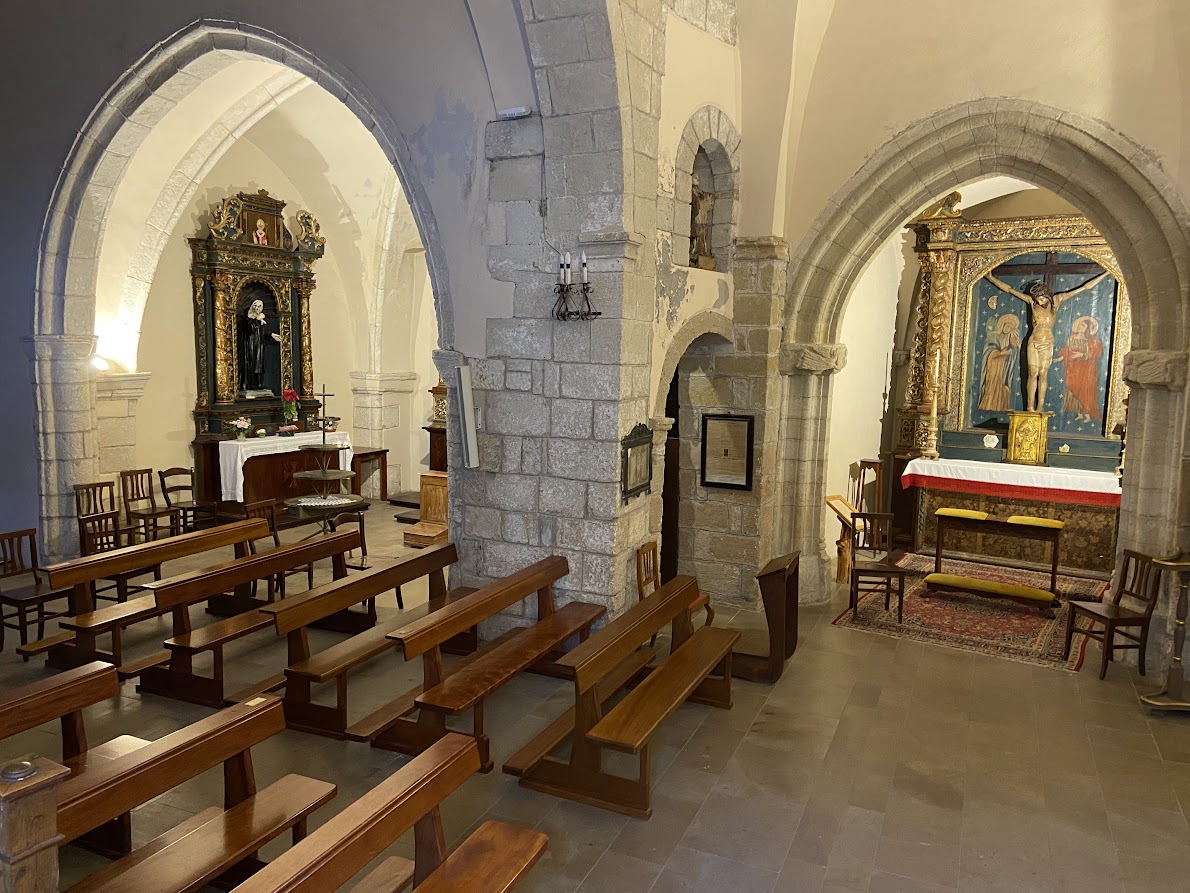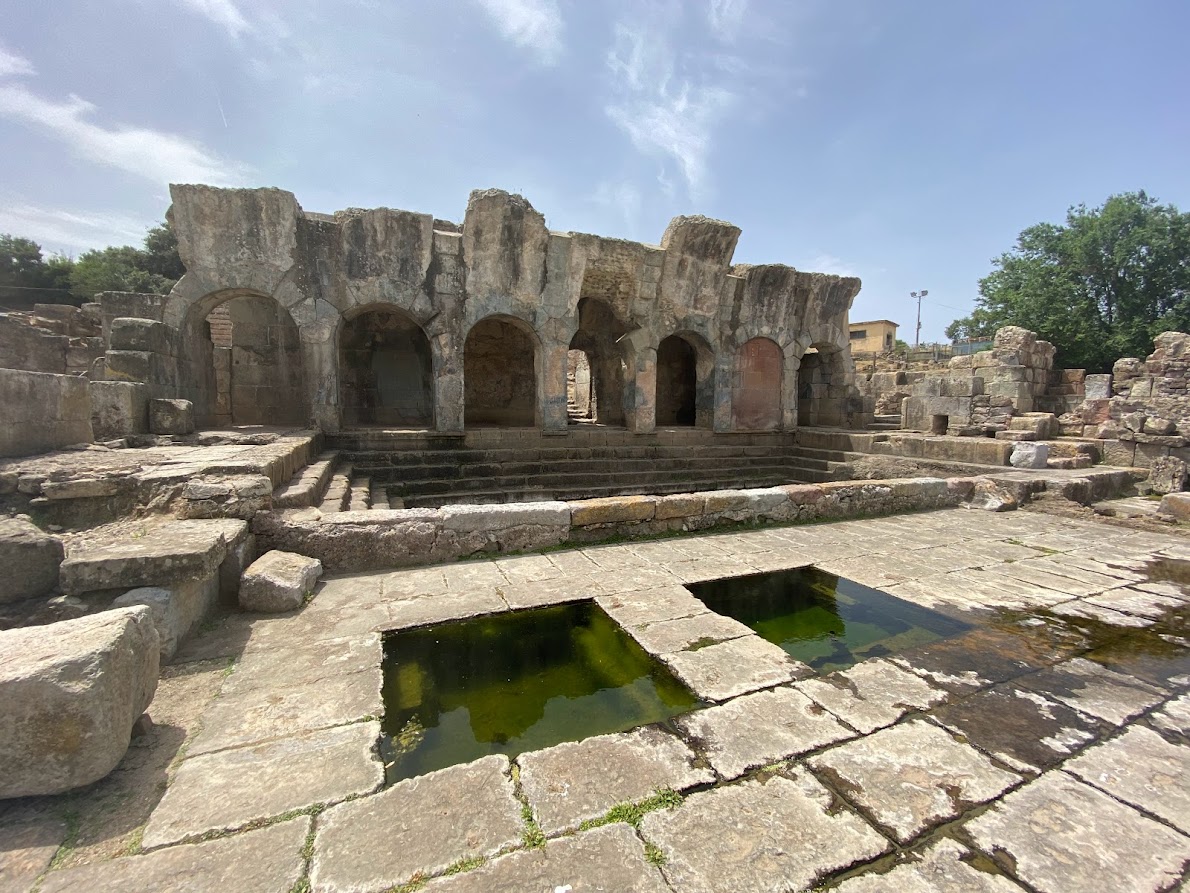
Safari Made
Sardinia is like a vast park for them, a happy island of natural oases and protected reserves. Sufficient space of the local hardy nature is an ideal environment for many wild creatures – animals that without the sea borders would wander far from their land, lose their special characteristics and perhaps even the freedom to live in a best way they can. Horses, donkeys, mouflons, deers, eagles and vultures have always been here, other creatures flew here to spend the winter and, struck by Mal di Sardegna (nostalgy of leaving the island), never left. Among them are flamingos, which nest in the wet areas behind the beaches and color the island’s lagoons into pink. Since the Nuragic age, wild horses wandered the entire island. Horses small as ponies, which cannot be ridden, with almond-shaped eyes, unruly tufts on their foreheads, long manes, and low, bushy tails, they currently only ramble the Giara Plateau. The landscape formed by the harmony of the natural environment, with a forest with Mediterranean scrub and a prairie with natural freshwater lakes, is a magical world in itself. The proud-looking horses stop here to drink, rest and play their favorite game: galloping freely and happily. The Griffon Valture, also lives in Sardinia, the only surviving natural colony in Italy. In the last century, they were threatened with extinction on the island, but today there are many of them and they are in excellent condition. In other parts of the world, griffon vultures roost on very high cliffs, away from human sight. In Sardinia, however, they occupy almost 40 kilometers of coastline, connecting Bosa and Alghero, and can be comfortably admired and photographed. In their honor, this coast is renamed to “Griffon Coast.” Of the birds of prey, the Falco eleonorae also lives on the island. More than 400 pairs inhabit the islands of the Sulcis region and the reefs along the Gulf of Orosei during the summer and migrate towards Madagascar in early November. The name of the eleonorae species is derived from the Sardinian queen Eleonora Alborean, who in her law (Carta del Logu from the 14th century) prohibited the hunting of falcons and the collection of their nests in order to protect falcon-like species from extinction and to prevent the aristocratic habit of falcon hunting. Other rare species living in Sardinia include the only endemic mammal in the whole Italy, the Sardinian long-eared bat. It was named after its large ears and was discovered only recently, in 2002. In addition to the wild gray donkey, the white donkey also lives in Sardinia, a special species living in the national park on the island of Asinara, after which it is named. The proud and tenacious ancestor of the sheep that in millions pasture Sardinia are the mouflons that inhabit the limestone ridges between the Supramonte. In Siniscola, on the other hand, the herd of cows will not disappoint their fans, which, with the arrival of the season, leave the farm in the countryside and go to the sea and their usual destination, the Berchìda beach. Here and there they come to the beach, lie down, doze and wink at the bathers enjoying their day by the sea.


